Local SEO Strategy for Businesses : Boost Local visibility
Local SEO Strategy for Businesses : Boost Local visibility
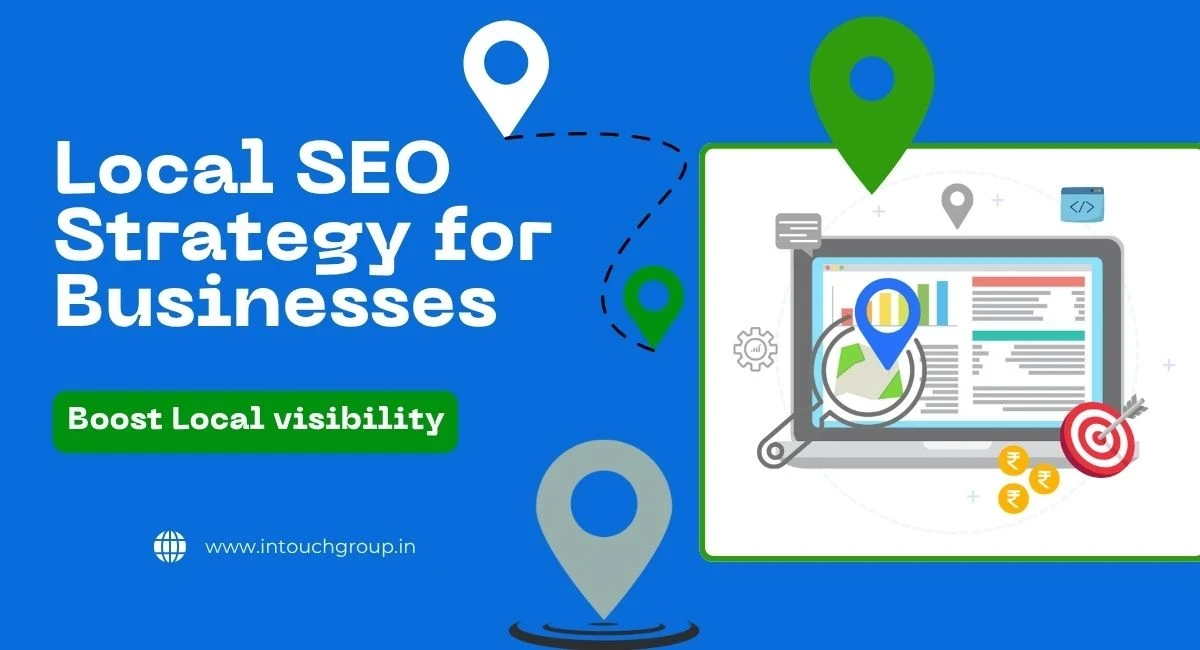
A strong Local SEO strategy helps businesses reach nearby customers, increase online visibility, and grow sales effectively. This guide explains proven steps, key factors, and practical insights to build a successful Local SEO Strategy for businesses that delivers real results.
Local SEO matters because it connects businesses with nearby customers who are ready to buy. It helps your business appear in local search results, boosts visibility and brings more foot traffic without heavy advertising. A well-planned Local SEO Strategy for businesses ensures your brand shows up at the right time when customers are actively searching for what you offer. Whether you run a salon, restaurant, or retail store, improving your local visibility can drive real customers straight to your door. Small and medium-sized businesses can benefit greatly from local SEO services for small businesses, as these strategies help increase online visibility and credibility. Local SEO is all about helping search engines understand where your business is located and which areas you serve. It ensures that when someone nearby searches for your product or service, your business appears in the results, especially on Google Maps. The main components of an effective Local SEO plan include: Google Business Profile (GBP): This is your online business card. Keep it updated with correct information, business hours, and engaging photos. Local Citations: Listing your business on trusted directories helps build credibility and boosts your business visibility in maps. Customer Reviews: Positive reviews not only improve rankings but also build trust among new customers. Local Keywords: Use location-based keywords (like “best salon in Delhi” or “restaurant near me”) naturally throughout your content. Building a strong local SEO foundation takes consistent effort, but the results are long-term and measurable. Below are practical steps that go beyond basic advice to help your business stand out. Your Google Business Profile (GBP) is often the first impression customers get. Go beyond just adding your name, address, and phone number. Post weekly updates, add Q&A and upload short videos showing your products or services. Google rewards active profiles with higher visibility in map results. As well as use the “Services” and “Products” tabs wisely many businesses skip these, but they help Google understand your offerings in detail. Local SEO is not just about keywords; it’s about trust signals. Reviews are among the strongest indicators for Google’s ranking algorithm. Encourage reviews by sharing direct review links or inserting QR codes at your offline location. Respond quickly ideally within 48 hours using genuine language and location-focused terms. For example, “Thank you for visiting our Dawraka Mor store!” adds a valuable local signal to your response. Each positive review response improves visibility and builds long-term customer relationships. Many websites post generic blogs, but that won’t help your local reach. Instead, create a specific “Local Hub” section that covers neighborhood stories, local trends, or area-specific guides like “Best Cafes in Lajpat Nagar.” When Google recognizes that your website produces meaningful content tied to a particular geography, it considers your brand an authority in that region. Over time, this boosts your ranking for location-based queries and helps customers connect with your business story. Instead of buying or exchanging links, focus on building genuine local connections. Collaborate with nearby blogs, business associations, schools, or NGOs to get featured on their websites. You can also participate in local sponsorships or community events. A single relevant backlink from a local news portal or city blog can have a stronger impact on your local ranking than several random directory listings. Instead of stuffing your site with “near me” phrases, use location intent in a natural way. Example: “affordable salon in South Delhi” or “organic grocery store in Connaught Place.” Add location keywords not just on your website but also in your image ALT tags, meta titles, and even video descriptions these small details improve business visibility in maps and voice searches. NAP: Name, Address and Phone must be exactly the same across your website, Google profile, social pages, and directories.Even small variations like “Rd.” vs. “Road” or different phone formats can confuse Google’s algorithm. Use tools like BrightLocal or Moz Local to audit and fix inconsistencies. Schema markup is like giving Google a structured summary of your business. Adding LocalBusiness schema tells search engines your operating hours, address, and services. Businesses using LocalBusiness schema have 30–40% better click-through rates in local searches because they appear with star ratings and additional details. More than half of local searches end without a click. Users find the information they need directly on Google’s result page. Make sure your key details, phone number, hours, services and website are complete and structured well in your listing. Add FAQs and quick responses through Google Business Q&A to capture users immediately. The more helpful your profile looks at first glance, the higher the chance users will call or visit without searching competitors. Local SEO is not a one-time setup it’s an ongoing process. Monitor your Google Business Insights weekly to see where calls, clicks, and directions come from. Track your top-performing keywords and focus on the ones converting into real customers. Businesses that track their map interactions grow 25% faster locally than those who rely only on website analytics. Voice search is growing rapidly especially for mobile and smart speaker users. Structure your website content around natural questions and conversational keywords like “Where’s the nearest salon near Connaught Place?” Use an FAQ format and shorter sentences to increase your chances of showing in “position zero.” Businesses optimized for voice commands often attract high-intent customers ready to act immediately. Even with a good plan, businesses face common issues that limit their local SEO results. Duplicate Listings: Control multiple listings by keeping just one verified Google Business Profile. Inaccurate NAP Data: Perform regular audits to ensure information is correct across platforms. Poor Review Management: Lack of engagement on reviews can lower trust; always reply and resolve issues quickly. Low Local Backlinks: Build relationships with nearby businesses, participate in local sponsorships, or join community events to earn relevant links. Limited Content for Local Search: Post fresh local content regularly to enhance visibility and attract the right audience. For new businesses just entering the market, Local SEO for startups offers a great way to gain traction without heavy advertising costs. Local SEO means setting up your business online so that people nearby can easily find you when they search for your products or services on Google, Maps, or other search engines. It’s a way to show up in local searches like “best salon near me” or “restaurant in Uttam Nagar”. The three main pillars of Local SEO are relevance, proximity, and prominence. Relevance means how closely your business matches a search query. Proximity refers to how near your business is to the searcher’s location. Prominence reflects how well-known and trusted your business appears online through reviews, backlinks, and engagement. You should focus on: Updated and verified Google Business Profile; Accurate and consistent NAP (Name, Address, Phone); Relevant local keywords in your website and listings; Positive, regular customer reviews; Quality local backlinks from trustworthy sources Is Local SEO only for physical stores? No. Local SEO also helps service businesses that travel to customers, like plumbers, cleaning services, consultants, and home delivery brands. It is not limited to shops—you can use local SEO for any business that wants to attract people in a specific region. Reviews matter because they show that real people trust your business. Google trusts businesses with lots of positive, authentic reviews and ranks them higher in local search results. Reviews also help new customers make decisions quickly and boost overall visibility. Start by creating and verifying your Google Business Profile, making sure all business details are complete and correct. Next, use location-based keywords, gather reviews from customers, and keep your information consistent on all websites and directories. If you want expert help, connect with a trusted seo agency in Delhi that offers local SEO services for small businesses. The 80/20 rule means that 80% of your results will come from 20% of your actions. For local SEO, focus on optimizing your Google Business Profile and reviews first, as these give you the biggest ranking and visibility boost with the least effort. These basics are the most important, so prioritize them before spending time on deeper SEO tasks.Understanding Local SEO and Its Core Elements
Key Steps to Build an Effective Local SEO Strategy For businesses
1. Manage Your Google Business Profile
2. Respond to Genuine Customer Reviews
3. Build Location Authority Through Local Content Hubs
4. Gain Local Backlinks with Partnership Strategies
5. Use Location-Based Keywords Naturally Across All Touchpoints
6. Maintain NAP Consistency Across All Platforms (and Verify It)
7. Implement Schema Markup for Local SEO
8. Optimize for “Zero-Click” Google Results
9. Track, Test and Continuously Improve
10. Integrate Voice Search Optimization into Local SEO
Common Challenges and How to Overcome Them
FAQS About Local SEO Strategy
What is Local SEO in simple terms?
What are the three pillars of Local SEO?
What factors are important for local SEO?
Why do reviews matter so much?
How can small businesses start with Local SEO easily?
What is the 80/20 rule for SEO?



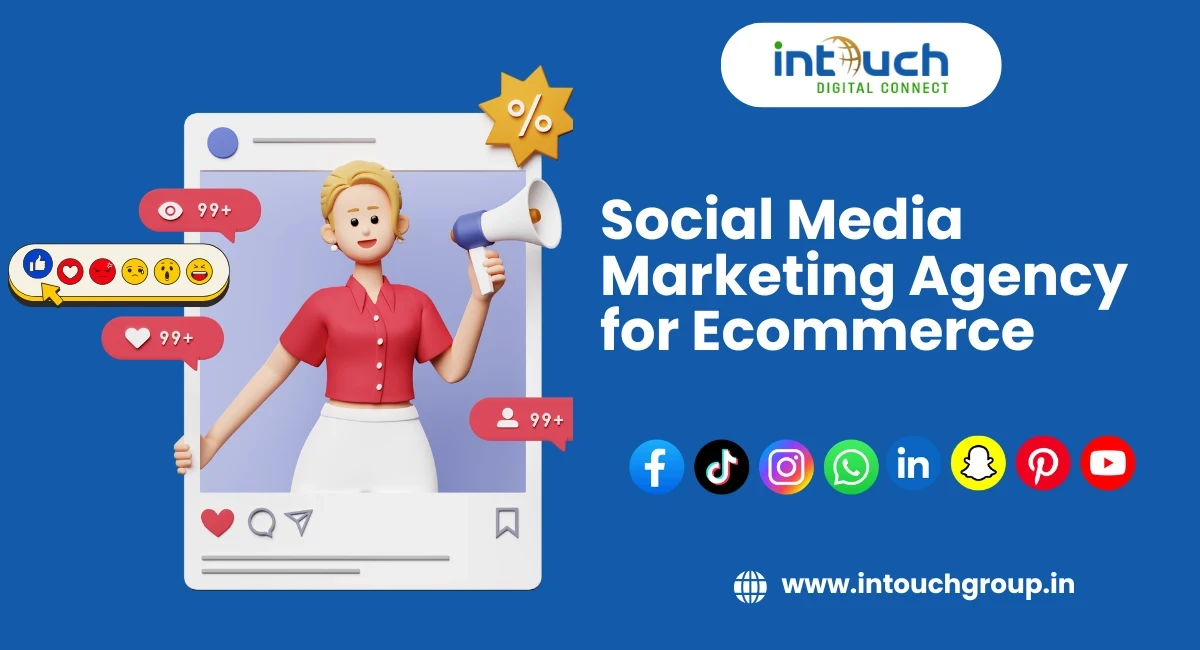
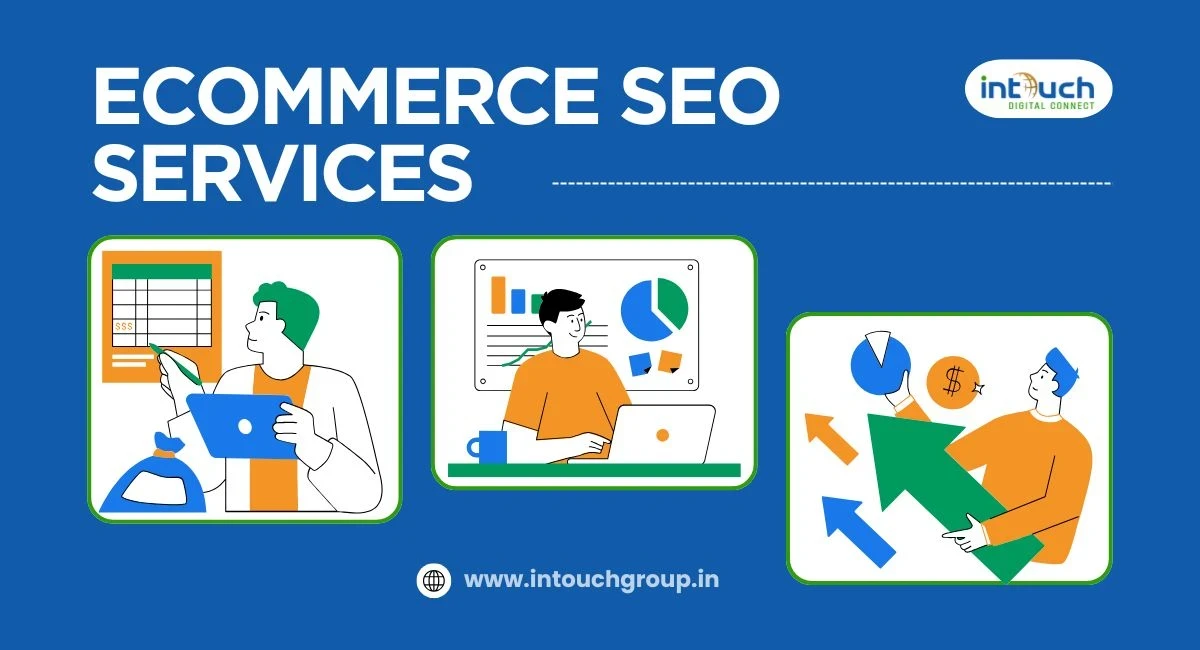
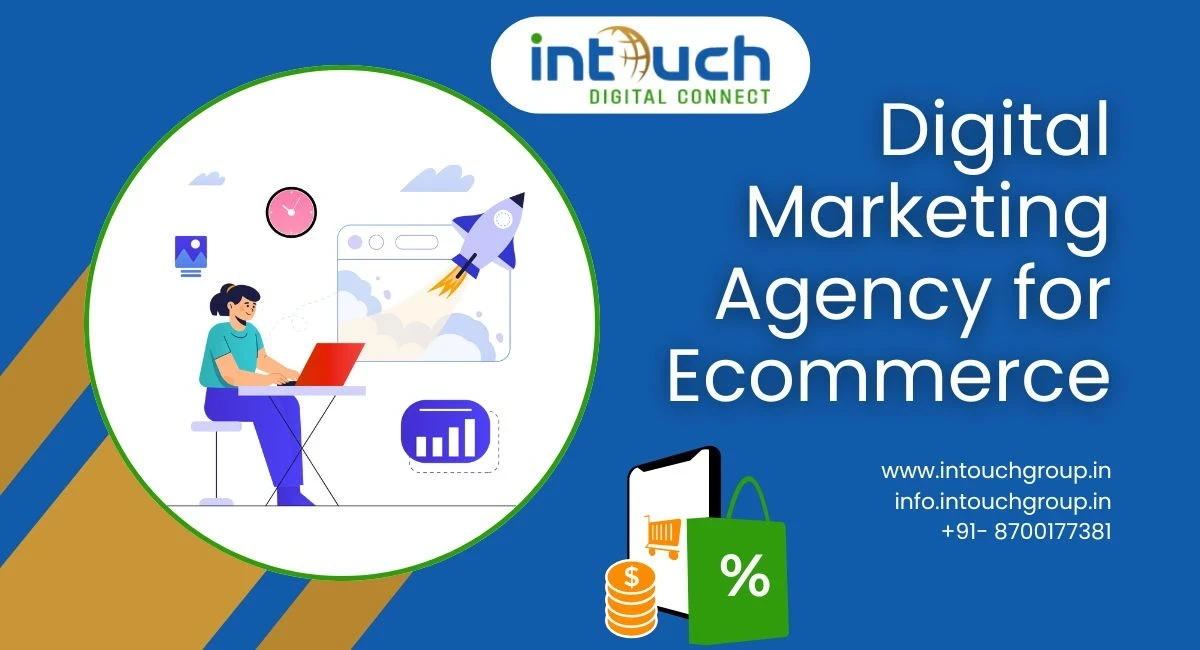
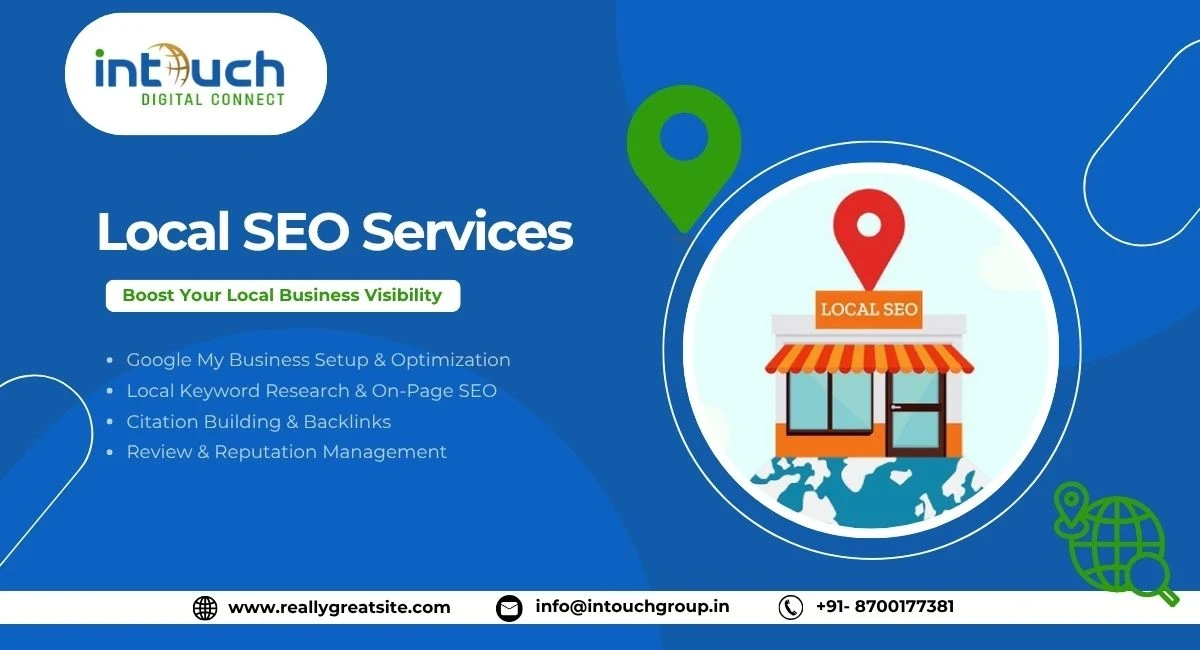
0 Comments